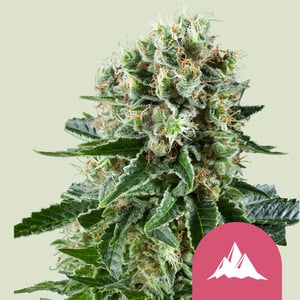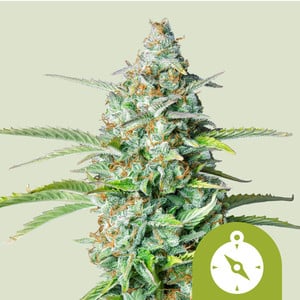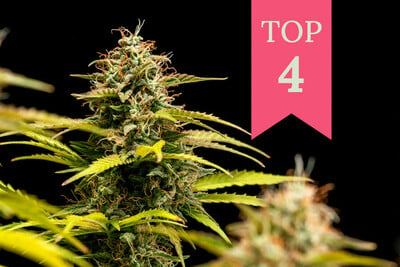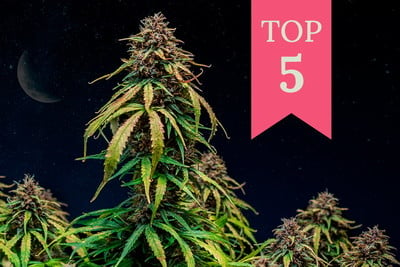.

Using Cannabis To Enhance Yoga: Should You Believe the Hype?
Cannabis and yoga seem to go hand in hand. However, not all yogis support the use of marijuana in their practice. Others, however, are adamant about pairing the two together. Keep reading to learn more.
Contents:
Cannabis yoga is making headlines all over the world, with both teachers and students endorsing its unique benefits. But, you might be surprised to learn that weed and yoga don’t always go hand in hand.
What Is Ganja Yoga?
“Weed yoga”, “ganja yoga”, and “stoned yoga” have all become recent buzzwords. In places where cannabis is legal (such as Colorado, California, and Canada), new-age yogis are combining cannabis with their practice, claiming it can help their students better connect with their mind, body, and spirit.
History suggests that cannabis has grown naturally in the foothills of regions like modern-day Pakistan, Nepal, Kazakhstan, and India for thousands of years, where it played a key role in religion and spirituality.
The Vedas (ancient religious texts from India) say that the gods created cannabis on the peak of Mount Mandara, and that Shiva brought the sacred plant down to Earth for all of mankind to enjoy. The Atharva Veda also lists cannabis as one of five essential plants, while other Vedic scriptures go so far as to suggest that our interaction with sacred plants is responsible for mankind’s spiritual evolution. Cannabis is also said to be the favorite food of Shiva, one of Hinduism’s principal deities.
The fact that cannabis has very pronounced relaxing effects also suggests that the plant may come in handy when it comes to enhancing our yoga experience.
Dee Dussault, founder of Ganja Yoga in San Francisco, for example, argues that cannabis can help her students “quiet their ego” and get out of their heads: “It puts us more into the sensation of being embodied. Pain relief is part of that, too”.
However, the general Ayurvedic perspective on cannabis might come as a bit of a surprise. Many experienced yogis and spiritual teachers warn that cannabis use is all about balance.
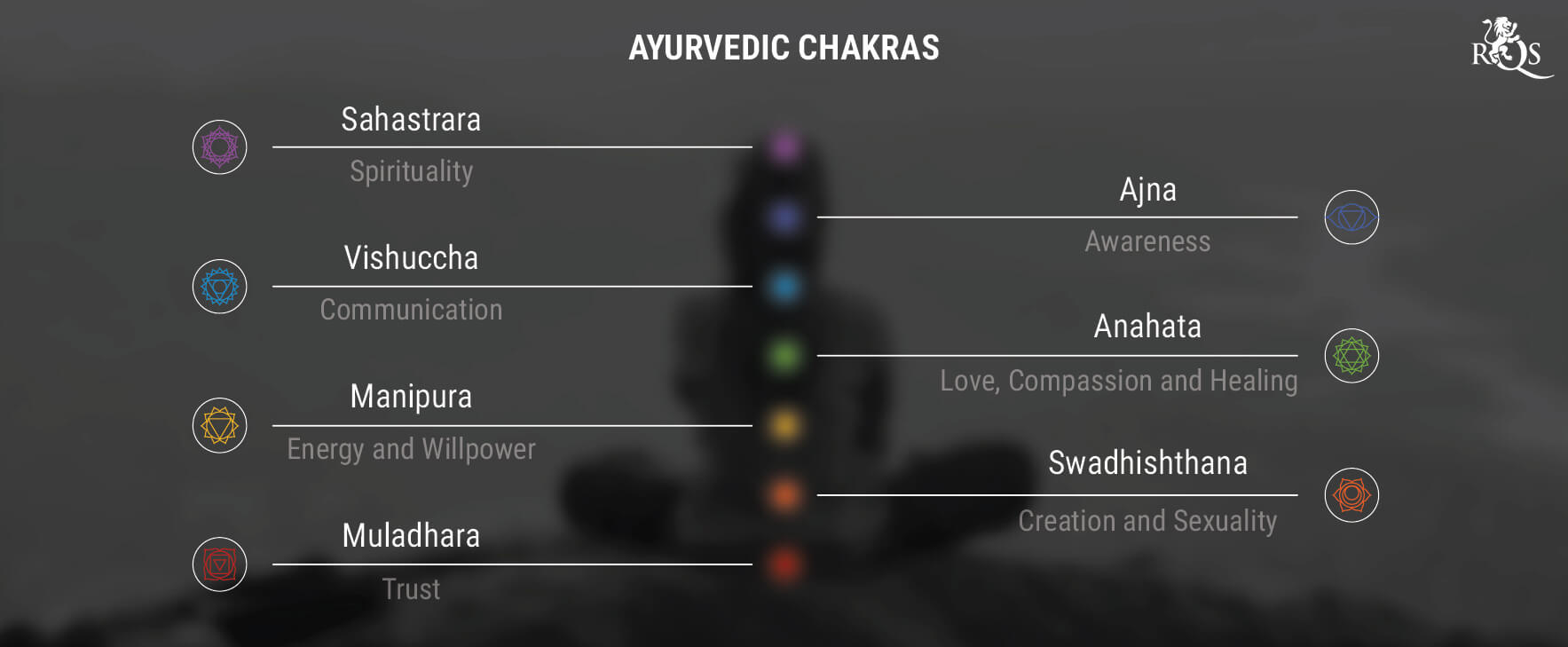
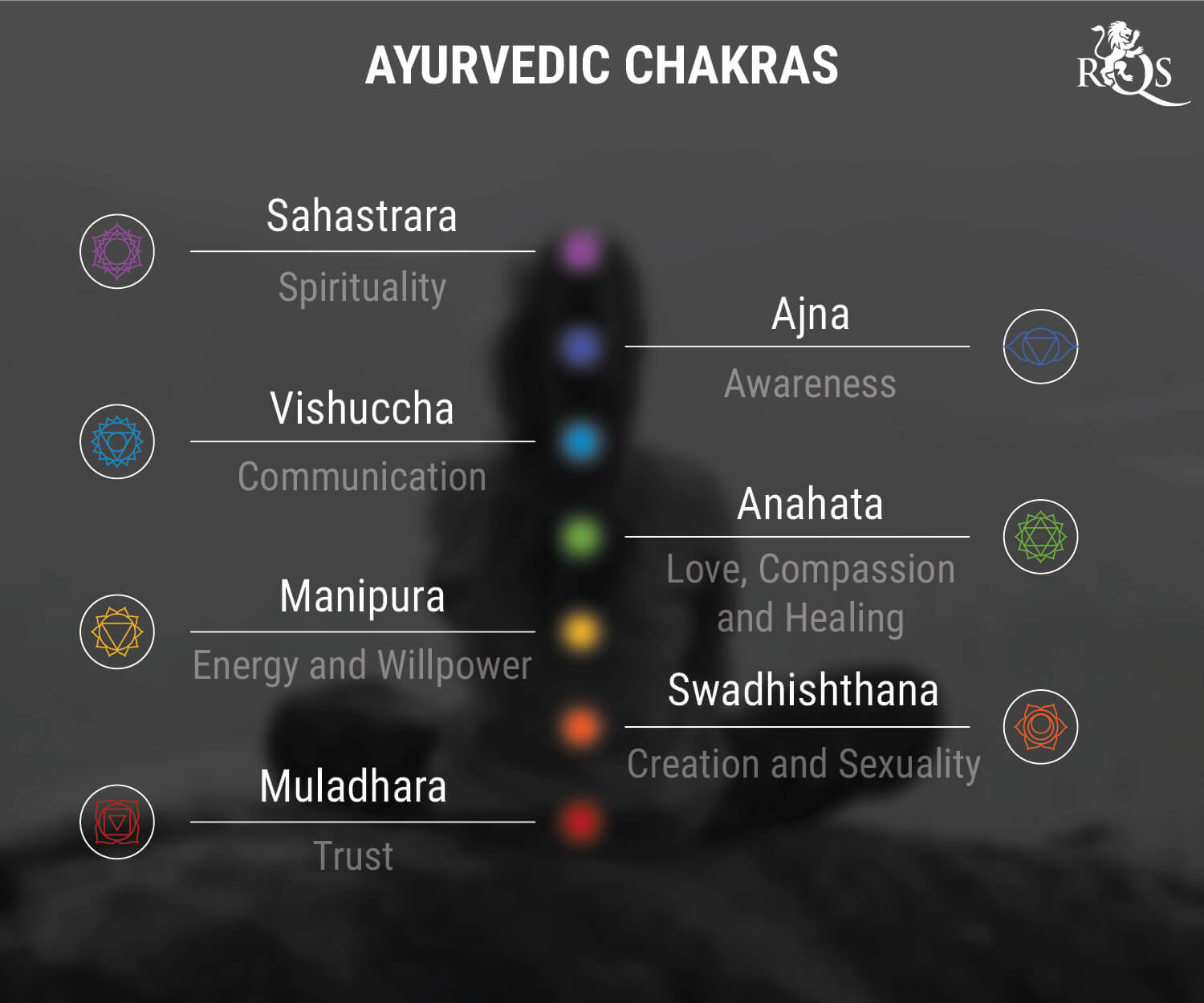
While Ayurveda definitely recognizes cannabis for its holistic properties, it also outlines some limits regarding its use. In her article on the Ayurvedic stance on marijuana, doctor and highly revered spiritual teacher Alakananda Ma writes:
“Ganja could potentially be of value on the spiritual path, although this author has rarely met a ganja-smoking sadhu who had attained the ultimate goal. Taken out of its cultural context and introduced into a party lifestyle unheard-of in ancient tradition, ganja has become far more problematic”.
-
Where Is the Cannabis Yoga Movement Most Popular?
The cannabis yoga movement currently making headlines is the brainchild of Dee Dussault. Dee was the first yoga teacher to publicly promote the use of cannabis in yoga practice and to offer cannabis-enhanced yoga classes. She is also the author of the best-selling book about Ganja Yoga.
Over the past decade, Dee has taught Ganja Yoga to thousands of students in the US, and internationally in Canada and Jamaica. She’s also trained people in the Ganja Yoga Teacher Training Program from as far off as Hong Kong and Australia.
Today, Dussault’s movement is mainly concentrated in areas where cannabis is legal or decriminalised. Popular cannabis yoga studios, like Ganja Yoga itself or Marijuasana, are located in California and Colorado (respectively). Canada is also home to a few cannabis-friendly yoga studios, including Ganja Yoga Toronto and Yoga Lounge Montreal.
The Yoga and Weed Debate
There’s a growing community of yoga teachers and practitioners who swear by weed’s ability to enhance the yoga experience. However, there’s also a large group of yogis and spiritual teachers who warn that cannabis may negatively affect us during our yoga practice.
Those in favor of weed and yoga usually point to cannabis’ relaxing, tension-reducing effects as some of the main reasons the plant could, and should, be combined with yoga. Many also use historical texts (such as the Vedas mentioned above) as evidence to support their case.
Critics of cannabis yoga, on the other hand, argue that while cannabis has been used to still the mind in some spiritual settings, it’s no one-way ticket to enlightenment or enhanced spirituality.
Dr John Douillard, Ayurveda teacher, doctor, and founder of the LifeSpa explains that cannabis is considered a tamasic substance in Ayurveda. According to Hindu philosophy, tamasic substances induce inertia, inactivity, dullness, or lethargy, and are used to suppress pain and emotions.
Dr Douillard also suggests that regularly using tamasic substances in a present (or rajasic) state may affect our tamasic state when meditating or practising yoga. Meanwhile, other practitioners suggest that cannabis may negatively affect the vata dosha[1].
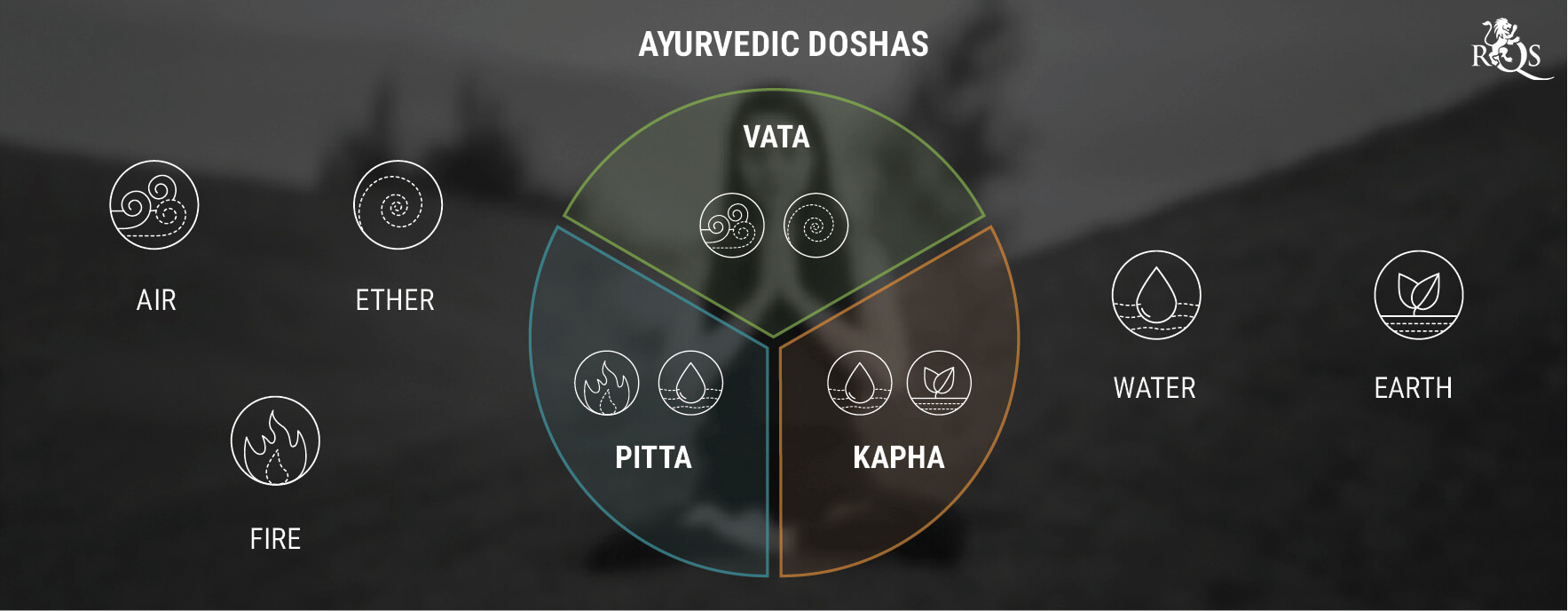
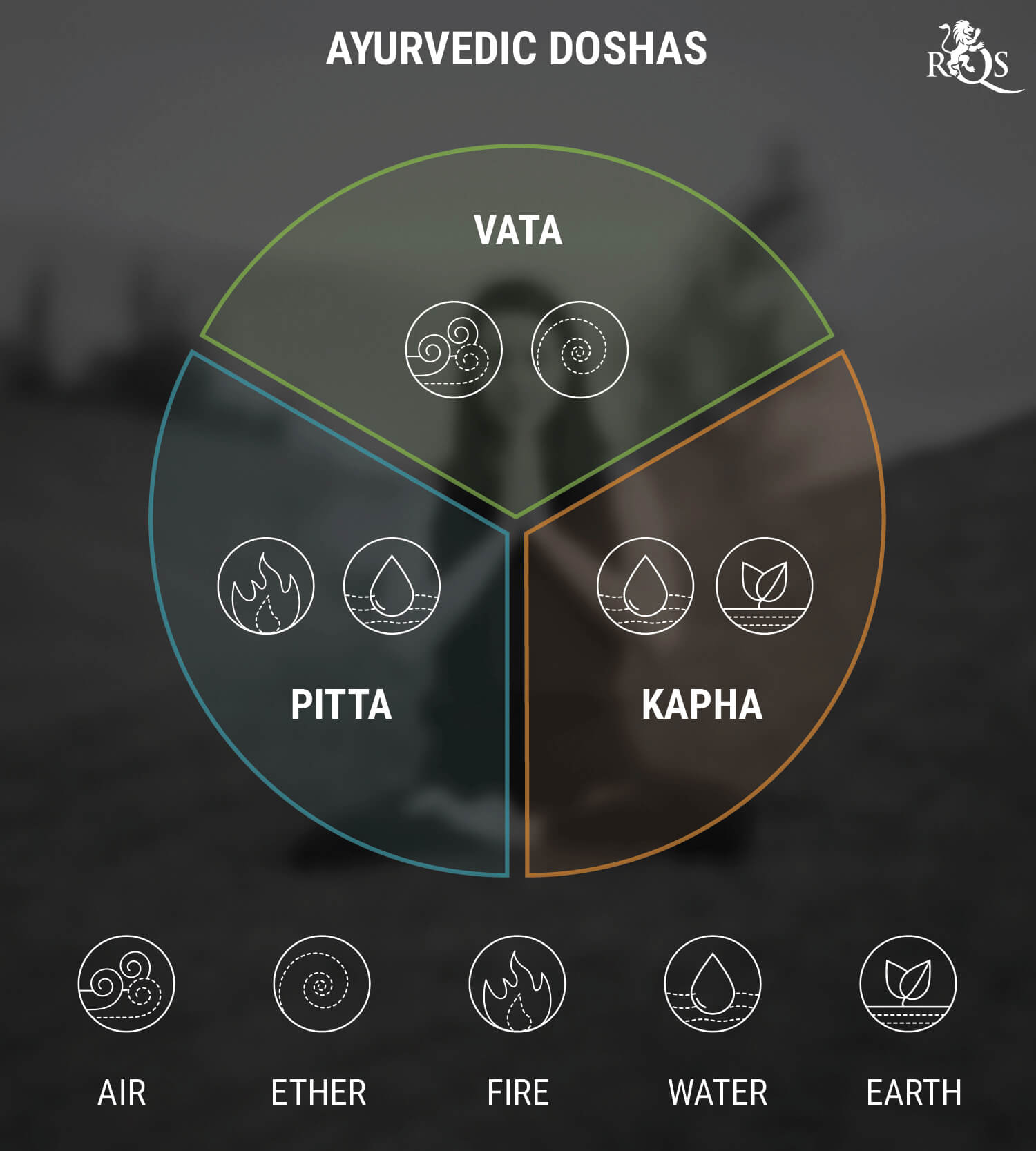
In Ayurveda, the five elements that make up the world (space, water, earth, fire, and air) manifest in three doshas in the body (known as vata, kapha, and pitta). Every person is believed to have a unique ratio of each dosha present in their body, which makes up their Ayurvedic constitution. Ayurvedic practitioners work with patients to identify their dosha, and some argue that cannabis may interfere with the vata dosha, arguing that it is drying to the body and damaging to the lungs.
When analyzing the debate about whether or not to combine yoga and marijuana, it is important to remember that no Ayurvedic practitioner will be completely against the use of cannabis. As we saw earlier, cannabis is very central to Indian spirituality and medicine. However, they may also prescribe caution when relying on it heavily as a spiritual tool.
-
Yoga Classes and Responsible Practice
Besides the Ayurvedic debate, there’s a pretty important ethical discussion regarding stoned yoga that we need to take into consideration as well.
Yoga instructors offering cannabis yoga and spirituality classes take on a huge responsibility for the well-being and care of their students (whether legally or not). Cannabis affects people very differently, and there are countless strains out there, all with their own unique chemical profiles.
A strain that one person might find relaxing and the perfect precursor to a yoga session might leave somebody else feeling paranoid, “heady”, or even dizzy.
Dosing is also key: a dose that might be relaxing and uplifting for one person might be too weak or too strong for another. Since we’re still in the early days of legalization, there’s a lot we don’t know about optimising our experience with cannabis, meaning it can be tricky to administer, especially to a group of people.
The reality is that no cannabis yoga teacher can predict how their students will react to the cannabis they hand out.
Moreover, teachers must take into consideration that some of their students may be on medications or supplements, and how those might impact their reaction to cannabis and their practice.
Ideally, a cannabis yoga teacher should be an expert in cannabis, and prepared to work with each of their students on a very personal level in order to see what kind of strain is right for them, and at what dose.
What Are the Possible Benefits of Doing Yoga While High?
Some possible benefits of doing yoga while high include:
Enhanced concentration |
Many people find small doses of cannabis to enhance their concentration and focus during yoga, without a truly intoxicating high. |
Relaxation |
The relaxing and soothing sensation of THC and CBD may help some people let go, enjoy better control of their breathing, and connect with their inner self and body. |
Heightened senses |
THC, CBD, and other compounds in cannabis may enhance our senses, which could intensify the yoga practice, and may also make the entire experience more enjoyable. |
Reduced inhibition |
It is not unusual for people to feel nervous before or during a yoga session, especially if it’s their first time. Cannabis might offer a natural way to lose that inhibition. |
Enhanced concentration |
| Many people find small doses of cannabis to enhance their concentration and focus during yoga, without a truly intoxicating high. |
Relaxation |
| The relaxing and soothing sensation of THC and CBD may help some people let go, enjoy better control of their breathing, and connect with their inner self and body. |
Heightened senses |
| THC, CBD, and other compounds in cannabis may enhance our senses, which could intensify the yoga practice, and may also make the entire experience more enjoyable. |
Reduced inhibition |
| It is not unusual for people to feel nervous before or during a yoga session, especially if it’s their first time. Cannabis might offer a natural way to lose that inhibition. |
Potential Negatives of Ganja Yoga
As mentioned earlier, cannabis affects people very differently. Some possible negative effects of combining yoga and cannabis include:
Impaired coordination |
Some find it harder to coordinate their movements properly under the influence of cannabis, making it harder for them to properly execute certain yoga poses or stretches. |
Low blood pressure |
Cannabis has very complex effects on our blood pressure, raising it in some circumstances and lowering it in others. It is very common, for example, for people to experience low blood pressure when they suddenly move from a sitting or lying position to a standing one. |
Impaired concentration |
While microdoses of cannabis might help some people concentrate, larger doses might do exactly the opposite. Hence, some people find it hard to get “in the zone” if they smoke too much before a stoned yoga session. |
Uneasiness |
Medium to large doses of THC can cause distressing effects in some people, affecting their ability to get out of their head, focus, and enjoy what they’re doing. |
Impaired coordination |
| Some find it harder to coordinate their movements properly under the influence of cannabis, making it harder for them to properly execute certain yoga poses or stretches. |
Low blood pressure |
| Cannabis has very complex effects on our blood pressure, raising it in some circumstances and lowering it in others. It is very common, for example, for people to experience low blood pressure when they suddenly move from a sitting or lying position to a standing one. |
Impaired concentration |
| While microdoses of cannabis might help some people concentrate, larger doses might do exactly the opposite. Hence, some people find it hard to get “in the zone” if they smoke too much before a stoned yoga session. |
Uneasiness |
| Medium to large doses of THC can cause distressing effects in some people, affecting their ability to get out of their head, focus, and enjoy what they’re doing. |
How To Combine Cannabis and Yoga
There are some things you can do to enhance the process of combining weed and yoga, whether you're a yoga student or teacher.
-
Experiment With Cannabis Outside of the Yoga Studio First
If you’re new to cannabis or haven’t smoked it in some time, we recommend trying it on its own first. Give yourself at least 2–3 sessions to really get a feel for how marijuana affects you. Keeping a journal can be very effective in helping you understand how your body responds to cannabis.
Note: There are many different varieties of cannabis out there, and different strains can produce notably different effects.
-
Start Slow
Once you’re ready to bring weed into your yoga studio, make sure you do so slowly. Start with a small dose (like a single hit from a vape pen) and gradually work your way into your routine. If you notice some negative effects, stay calm and take a break, have a glass of water, or step outside for some fresh air.
When combining cannabis and yoga, you shouldn’t be aiming to get stoned out of your mind. Instead, you should be pursuing a subtle, uplifting buzz that’s just enough to help you relax, focus on your breathing, and get the best out of your routine.
-
Work With a Ganja Yoga Teacher
If you’re serious about using cannabis to enhance your spiritual journey, find someone in your local area who specializes in cannabis yoga and work with them.
-
Stick to Vaporizers or Edibles
Vaping is easily our favorite method of consuming cannabis when practising yoga, as it is much easier on the lungs and tends to produce clearer, more uplifting effects. Edibles are another great option, but keep in mind they can take up to 60 minutes to take effect, and that their effects might last much longer than your yoga session! However, the steady physical effects produced by cannabis edibles can pair very well with yoga sessions (when dosed properly).
-
Make Sure You’re Fed and Well-Hydrated
Keep a sugary snack at the ready when doing yoga while high. Small, bite-sized pieces of fruit or gummy bears are easy-to-digest and can help you keep up your strength during your session, as well as avoid blood sugar drops.
It goes without saying that you should always keep a bottle of water handy during your yoga session, regardless of whether or not you’ll be using cannabis.
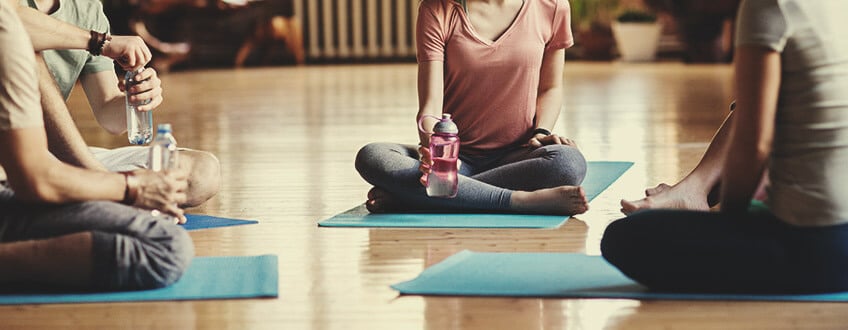
-
Go Easy on Yourself
Make sure to take it easier than normal during your practice. As mentioned, while cannabis might help you relax and get out of your head, it can also affect your judgment and coordination, making it harder to properly execute different poses and stretches.
-
Find the Right THC:CBD Balance
Again, your goal shouldn’t be to get super stoned during your yoga session. Instead, you should be looking to enhance your senses and feel more relaxed. Finding a strain with a balanced CBD:THC ratio may be perfect for that, as CBD is non-psychotropic and may help to offset some of THC’s side effects.
Find the Right Strain: RQS Strains Perfect for Cannabis Yoga
Different strains of cannabis can produce vastly different effects. If you’re looking for some great strains to elevate your yoga experience, check out these varieties from our catalog:
-
Critical Kush
One of our best-selling strains, Critical Kush is indica dominant and boasts a strong terpene profile and long-lasting physical effects. This strain may be perfect for helping you unwind prior to your yoga session, especially after a long day at the office. Just remember that this strain is very strong, so you’ll want to stick to small doses to avoid an overwhelming physical stone.
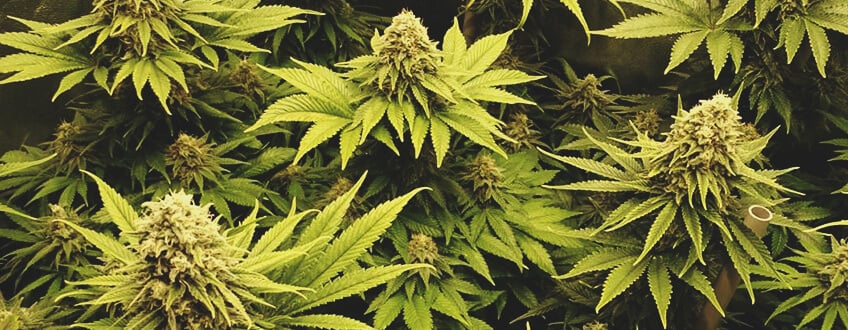
Critical Kush
|
|
Critical x OG Kush |
|
|
18 to 19 oz/m² |
|
|
2 to 3 feet |
|
|
8 - 10 weeks |
|
|
THC: 20% |
|
|
Sativa 20% Indica 80% |
|
|
18 to 19 oz/plant |
|
|
3 to 5 feet |
|
|
Late September |
|
|
Long Lasting , Physically Relaxing, Powerful |
-
Northern Light Automatic
This is easily one of our best autos for the job. Northern Light Automatic boasts a clear-headed, uplifting effect that many people find increases their concentration. Best of all, our Northern Light Auto boasts a moderate THC concentration of 14%, making it easier to dose.
.jpg)
Northern Light Auto
|
|
Northern Light x Ruderalis |
|
|
18 to 19 oz/m² |
|
|
3 to 4 feet |
|
|
6 - 8 weeks |
|
|
THC: 14% |
|
|
Sativa 0% Indica 80% Ruderalis 20% |
|
|
6 to 8 oz/plant |
|
|
4 to 5 feet |
|
|
10 - 12 weeks after sprouting |
|
|
Clear, Uplifting |
-
Medical Mass
As the name suggests, Medical Mass is loved for its physically relaxing and mentally soothing effects. Thanks to its 1:1 THC:CBD ratio, this strain boasts the perfect balance of both cannabinoids, making for an extremely pleasant experience without that overwhelming high of more potent THC strains.
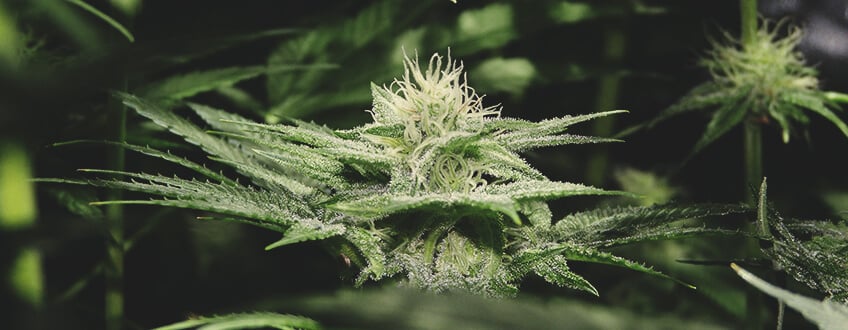
Medical Mass
|
|
Critical Mass x CBD dominant plant |
|
|
18 to 19 oz/m² |
|
|
2 to 3 feet |
|
|
10 - 11 weeks |
|
|
THC: 10% |
|
|
Sativa 40% Indica 60% |
|
|
18 to 19 oz/plant |
|
|
4 to 5 feet |
|
|
Late September |
|
|
Calming, Physically Relaxing |
-
Joanne’s CBD
This is one of our favorite CBD strains. With 15% CBD and only trace amounts of THC, Joanne’s CBD produces a non-psychotropic effect that stills the mind and encourages focus. This strain is perfect for those looking to enjoy the benefits of cannabis without the high.
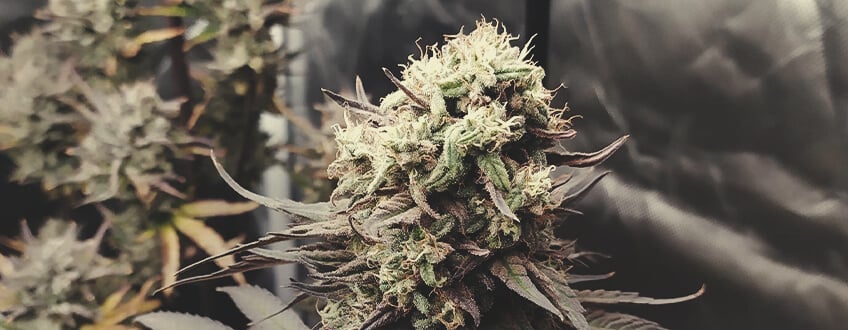
Joanne's CBD
|
|
Session x Juanita la Lagrimosa |
|
|
18 to 19 oz/m² |
|
|
3 to 4 feet |
|
|
7 - 8 weeks |
|
|
THC: 0,25 - 0,75% |
|
|
Sativa 75% Indica 25% |
|
|
15 to 17 oz/plant |
|
|
5 to 6 feet |
|
|
Early October |
|
|
Clear, Light |
For more cannabis strains ideal for enhancing your yoga practice, check out this article on the best strains for meditation.
- What Are the Ayurveda Doshas? Vata, Kapha, and Pitta Explained https://www.healthline.com


























